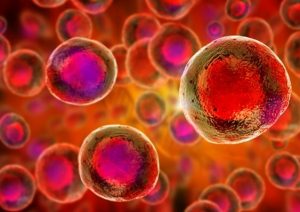In a bid to promote stem cell therapies, health officials open a new door for promising contenders
“When someone experiences a severe head injury, it’s not just the initial blow that batters the brain. The body’s immune response can go haywire, overwhelming and sometimes continuing to damage the brain for months.
Surgeons at Houston’s Memorial Hermann Hospital believe they might have a novel way to prevent that ongoing harm: by drawing bone marrow cells, including stem cells, from patients and infusing them back into their bodies.
The approach may sound unconventional — the cells aren’t even delivered directly to the site of the injury. But the Food and Drug Administration has granted a new designation to the clinical trial, one that signals that the agency sees as least some promise in the experimental treatment and that opens up the possibility of a speedier approval for the therapy, if it is shown to work.
At a time when there’s significant hype around stem cell therapies — and often not much clinical data — the idea behind such designations is to promote therapies in regenerative medicine that show the greatest potential. Since introducing the new pathway in November, the FDA has granted 18 products, including other cell- and tissue-based therapies, a so-called “regenerative medicine advanced therapy” (RMAT) designation.
“They want to speed up the ones that they see as good citizens,” Paul Knoepfler, a stem cell scientist at the University of California, Davis, said of the FDA.
In the stem cell field, there are plenty of bad citizens, including clinics that offer expensive, unproven, and, in some cases, dangerous interventions, regulators and experts say. So while warning of crackdowns on the worst of those actors, the agency has also been trying to foster clinical research that plays by the rules, in hopes of guiding new therapies to approval.
So far, for all the enthusiasm over stem cell therapies, there are only a few that have been validated — including bone marrow transplants to treat certain blood cancers — and those that have been around for years. Everything else remains experimental.”
Read more: https://www.statnews.com/2018/04/13/stem-cell-therapies-head-injuries/












